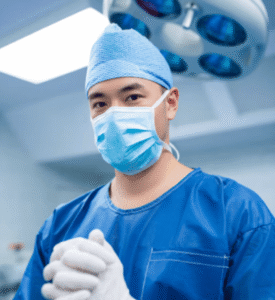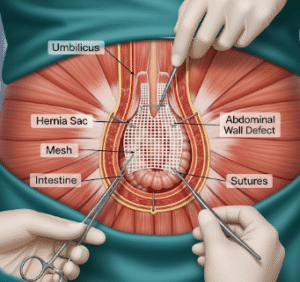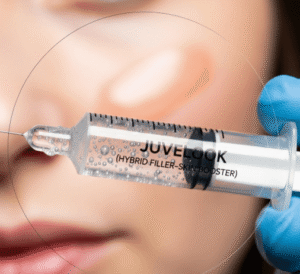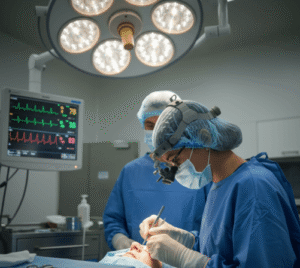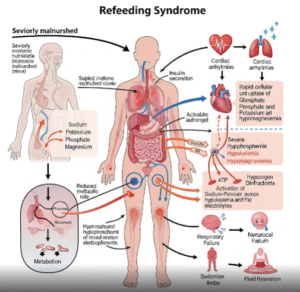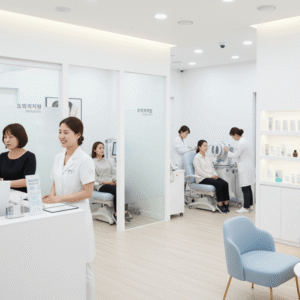What It Is
Symmastia repair is a surgical procedure to correct symmastia, a complication of breast augmentation or reconstruction where the implants shift too close together, creating the appearance of a “uniboob” or loss of natural cleavage. This occurs when the implant pockets merge across the sternum, often due to over-dissection, implant malposition, thin tissue coverage, or oversized implants.
In Korea, symmastia repair is performed with advanced internal bra techniques, capsulorrhaphy, acellular dermal matrix (ADM) support, and implant repositioning to restore natural cleavage and stable implant placement.
Why It’s Done
Patients undergo symmastia repair because:
- The implants have migrated inward, eliminating cleavage.
- Breasts appear unnatural or asymmetrical.
- They experience discomfort or skin stretching at the chest midline.
- They want safe correction with long-lasting, natural results.
Good candidates include:
- Women with implant malposition or symmastia after augmentation or reconstruction.
- Patients with sufficient skin and tissue quality for repair.
- Individuals in good health, seeking improved aesthetics and comfort.
Alternatives
- Support bras or taping: May provide temporary cosmetic improvement but do not correct the problem.
- Explantation (implant removal): For patients who no longer want implants.
- Fat grafting: Can restore contour after implant removal, but not a substitute for symmastia correction.
Preparation
Before symmastia repair in Korea, patients will:
- Undergo consultation with 3D breast imaging and ultrasound/MRI to evaluate implant position and capsule condition.
- Stop smoking and alcohol 2–4 weeks before surgery.
- Avoid blood-thinning medications and certain supplements.
- Decide whether to keep, exchange, or remove implants.
How It’s Done
- Anesthesia: General anesthesia is typically required.
- Incisions: Often made through previous scars to minimize new marks.
- Capsule repair: The merged pocket is reconstructed with capsulorrhaphy (internal suturing) to close off the midline.
- Reinforcement: ADM or mesh may be placed to strengthen the repair and prevent recurrence.
- Implant repositioning: Existing implants may be moved, resized, or replaced with more suitable ones.
- Closure: Fine sutures and dressings are applied.
- Duration: 2–4 hours depending on complexity.
Recovery
- First week: Swelling, tightness, and bruising are common; support bras are worn.
- Hospital stay: Usually outpatient or 1 night if combined with revision.
- Return to activities: Light duties in 1–2 weeks; avoid strenuous activity and chest exercises for 4–6 weeks.
- Final results: Breasts appear more natural, with restored cleavage and stable implant position within 2–3 months.
Possible Complications
- Recurrence of symmastia if tissues are weak or implants are oversized.
- Infection or delayed wound healing.
- Visible scarring, though minimized with Korean surgical techniques.
- Capsular contracture or implant-related complications.
- Rare risks: asymmetry requiring further revision.
Treatment Options in Korea
Diagnosis
Korean surgeons use 3D simulations, ultrasound, and MRI to assess the severity of symmastia and plan precise repair strategies.
Medical Treatments
- External compression or specialized bras for mild support (not curative).
Surgical or Advanced Therapies
- Capsulorrhaphy (internal bra sutures) to reconstruct implant pockets.
- ADM or mesh reinforcement for strong, long-lasting results.
- Implant exchange to better-sized or shaped implants.
- Combination with mastopexy or fat grafting for contour refinement.
Rehabilitation and Support
- Scar management with silicone gels or fractional laser.
- Long-term follow-up to ensure implant stability.
- Lifestyle guidance including supportive bras and activity precautions.
- International patients benefit from Korea’s specialized revision surgeons, advanced reinforcement materials, and personalized aftercare.







